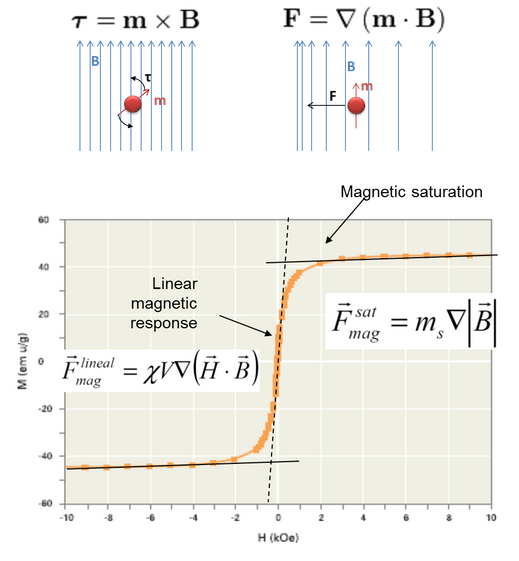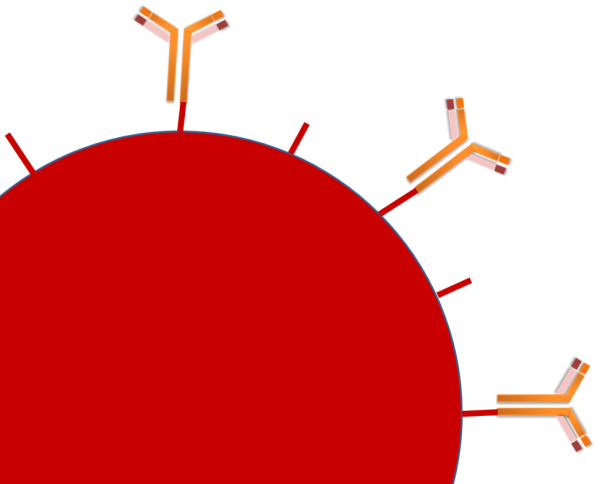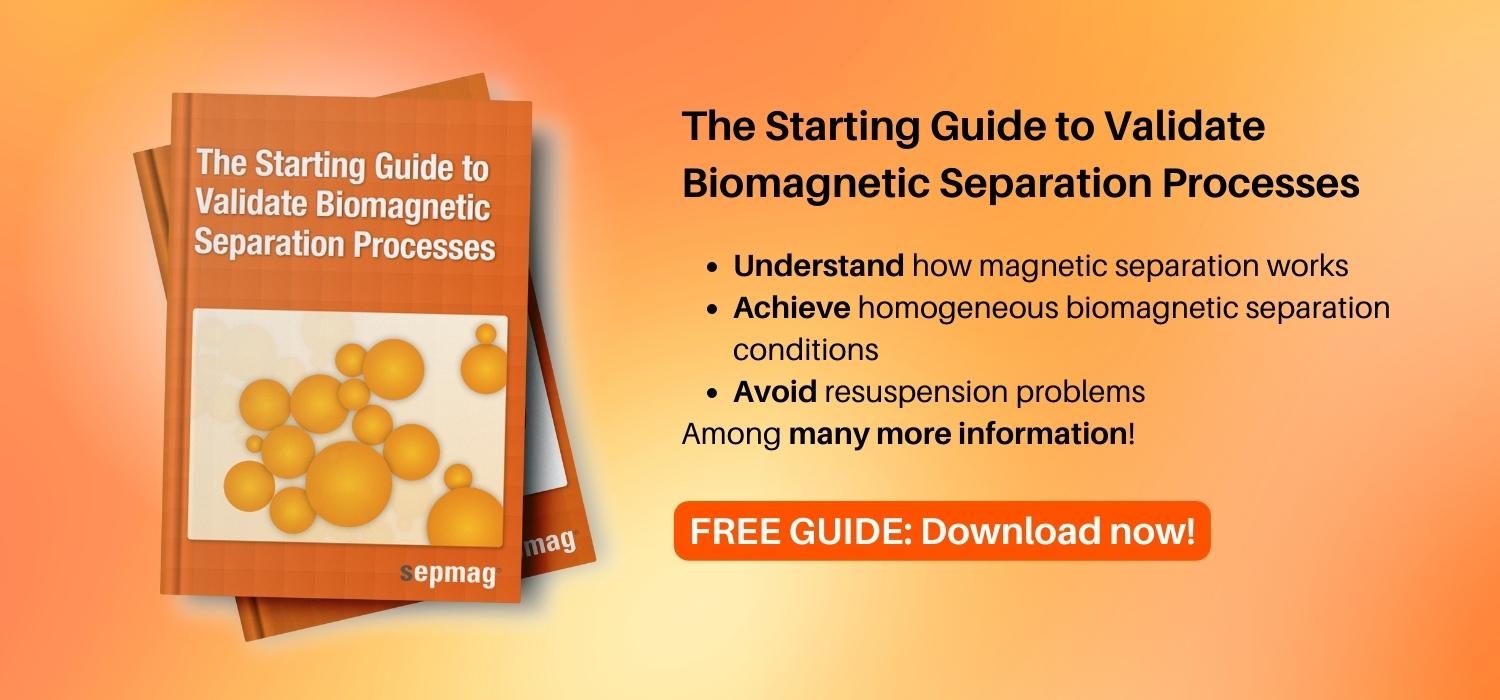Often in life science research and clinical applications, magnetic carriers are utilized to separate or isolate biomolecules from suspension. A biomolecule is coated onto a magnetic bead or is ‘captured’ by a bead and then pulled to a given position in the solution via magnetic forces. In order to establish a robust and reproducible standard operating procedure (SOP), one needs to understand how the magnetic forces are generated and what key parameters need to be controlled.
This post is about magnetic bead separation and how to validate this process. If you are interested in this topic, and are willing to learn more about it, download our Free Guide The Starting Guide to Validate Biomagnetic Separation Processes:
Magnetic Profiles and Forces
The magnetic force depends on the magnetic field profile provided by the instrument. A homogeneous magnetic field does not generate force on magnetic objects, but does generate torque. This means if you have a perfectly homogeneous magnetic field, your bead only rotates, but will not move in a given direction. In order to generate a magnetic force, one needs to first generate a non-homogeneous magnetic field. If you have a non-homogeneous magnetic field, any variations in the magnetic moment and/or field will give you a force.
Therefore, the magnetic force is dependent on BOTH the variation of the magnetic field and the variation of the moment of the bead. Superparamagnetic particles have two very different behaviors at low magnetic and high magnetic field. At low magnetic field, the magnetic moment changes linearly with the field. At high magnetic field (i.e. saturation), the magnetic moment will be nearly constant.
Generating a Magnetic Force
A single permanent magnet can be used to generate a magnetic force because the magnetic field decreases with distance. However, most of the variability of the field occurs out of the working volume. Most of the energy is lost to these stray fields.
More modern biomagnetic separation systems such as Sepmag generate variable fields in a well defined working volume. This minimizes stray magnetic fields and focuses all of the energy of the permanent magnet on the generation of magnetic force over the beads. This is a much more efficient use of biomagnetic separation and results in a reproducible product.
 If you found this article interesting and want to get a deeper insight in the topic of magnetic bead separation, make sure to check these articles from our blog:
If you found this article interesting and want to get a deeper insight in the topic of magnetic bead separation, make sure to check these articles from our blog:
- Setting Homogenous Biomagnetic Separation Conditions
- Avoiding resuspension problems using biomagnetic separation technology
- Determining the Optimal Biomagnetic Separation Time





